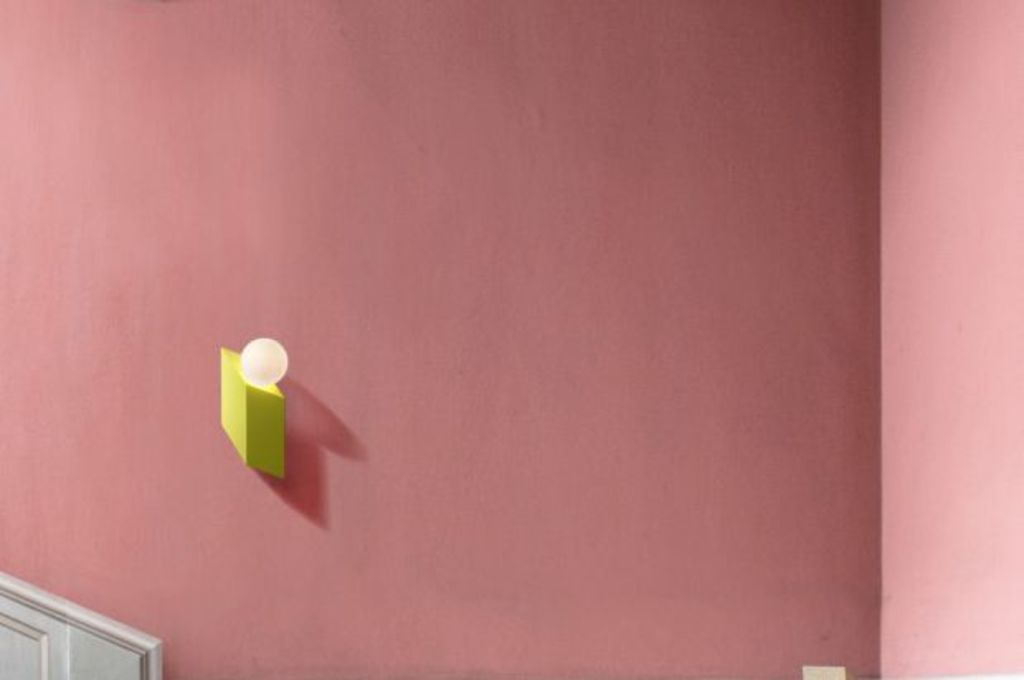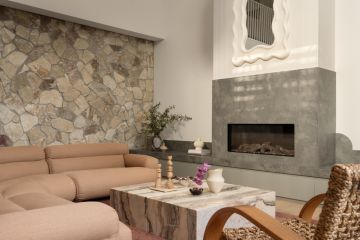Modern Memphis: Why this experimental design movement has hit its peak

I will tell you nothing new by proclaiming that Memphis is back.
No, sir. You all would’ve seen it happening in the recent times, and things have really come to a head in the past couple of years.
And although I think I’ve personally hit peak Memphis fatigue, that doesn’t mean I’ve turned my backs on the movement entirely.
They say it’s always good to keep one’s options open, so why should design and our personal bias towards various aesthetics be any different?
Some refer to Memphis as the ’80s revival, the thought of which, I must admit, makes me shudder.
Love it or hate it, Modern Memphis is back with a vengeance, except these days it comes in varying nuances and often in a slightly more sophisticated version of itself.
Thank goodness, I hear you say! And while this article isn’t supposed to be a lesson in history, I think that a little bit of context might be a good thing.
The Memphis movement was initiated by Italian architect and designer Ettore Sottsass in the early 1980s, who gathered a group of fellow designers with a vision to start a revolution against the sober and functional era of modernist design.
- Why terazzo is seeing a resurgence
- How Hecker Guthrie tackled an old retirement home
- Why pink has become omnipresent in prestige design
Serendipitously, the group was named after a Bob Dylan blues song, which was playing in the background the day the group was formed.
The Milan-based Memphis Group went on to develop one of the most recognisable styles of the late 20th century, converging the influences of art deco, pop art, pop culture and ’50s kitsch.
Sottsass’ iconic Carlton bookshelf was one of the first pieces presented in 1981, becoming Memphis’ unofficial poster-girl.
Recently, the Modern Memphis Movement has re-emerged, thanks to a new crop of young designers and makers.
Unlike the original movement, the current version is unorganised and much less cohesive, randomly manifesting in the work of designers from all over the world.
I would suggest that the key difference today is that, unlike in the ’80s, we now have the internet, where designers are influencing each other like never before.
It’s also interesting to note that this time, Modern Memphis hasn’t just manifested in product design.
Many interiors, and not just hospitality and retail – the ones usually associated with a more trend-based approach – but also private homes, have equally embraces the wild and wonderful world of Memphis.
I have to say, I have personally struggled with the Memphis movement, the old and the new, and often find myself having mixed feelings about its aesthetic.
Part of me is elated, another part of me is unsure. But I do believe different aesthetics are important to explore and appreciate for what they are, as this is where our own growth happens.
Much like watching movies out of our usual genre, or looking at art that’s challenging.
In the end, what I really do love about Modern Memphis, unquestionably and wholeheartedly, is what it stands for – irreverence, experimentation, non-conformism, total rule-breaking and a certain kind of freedom that drives progress and innovation.
And that, my friends, can only be a very good thing.
We recommend
We thought you might like
States
Capital Cities
Capital Cities - Rentals
Popular Areas
Allhomes
More







